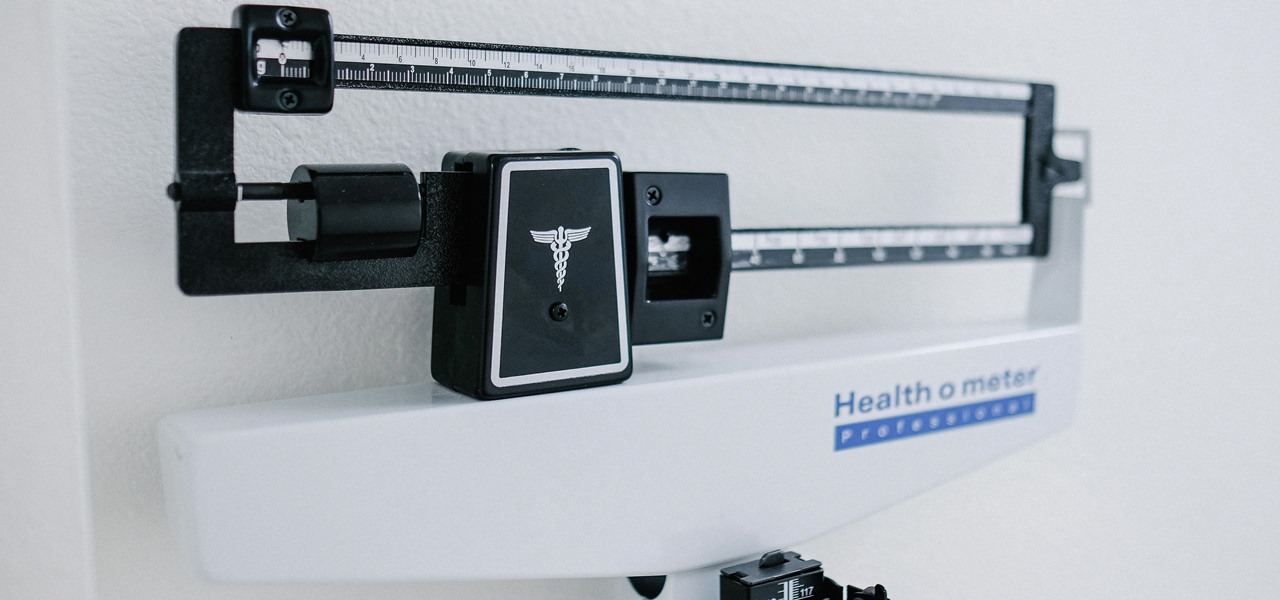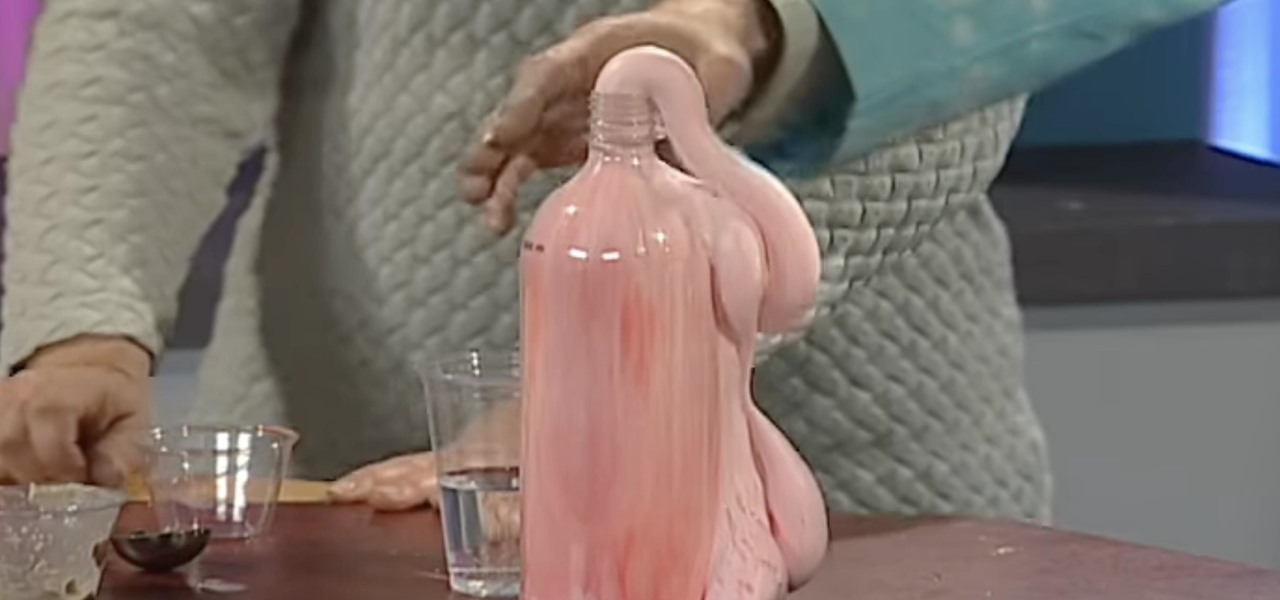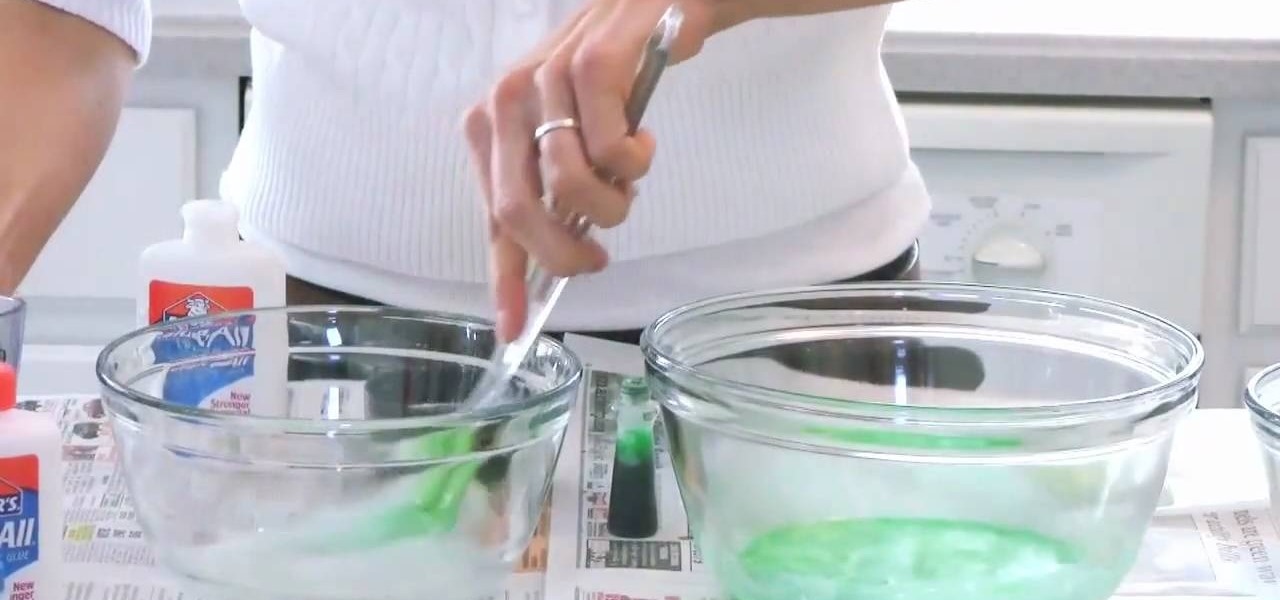Hot Science Experiments Posts

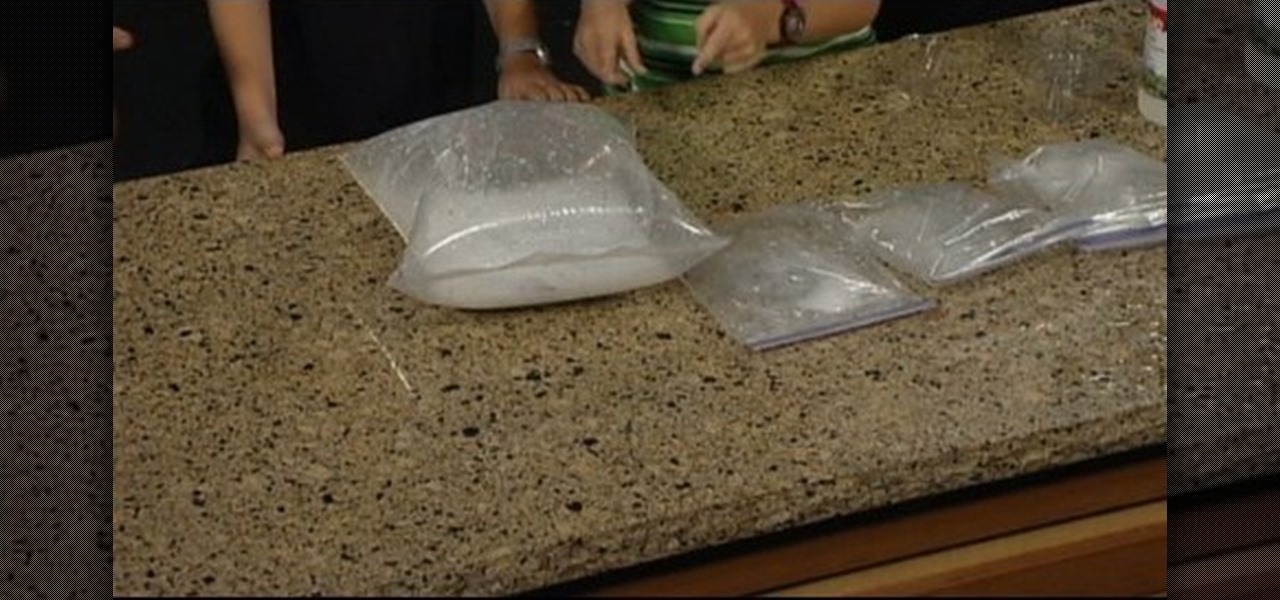
How To: Make a carbon dioxide sandwich bomb
No one ever gets tired of making little explosions by adding vinegar and baking soda. In this video, you'll make a sandwich bomb in a sandwich bag and watch as the contents bubble, brew and explode. Mmmm lunch is ready!
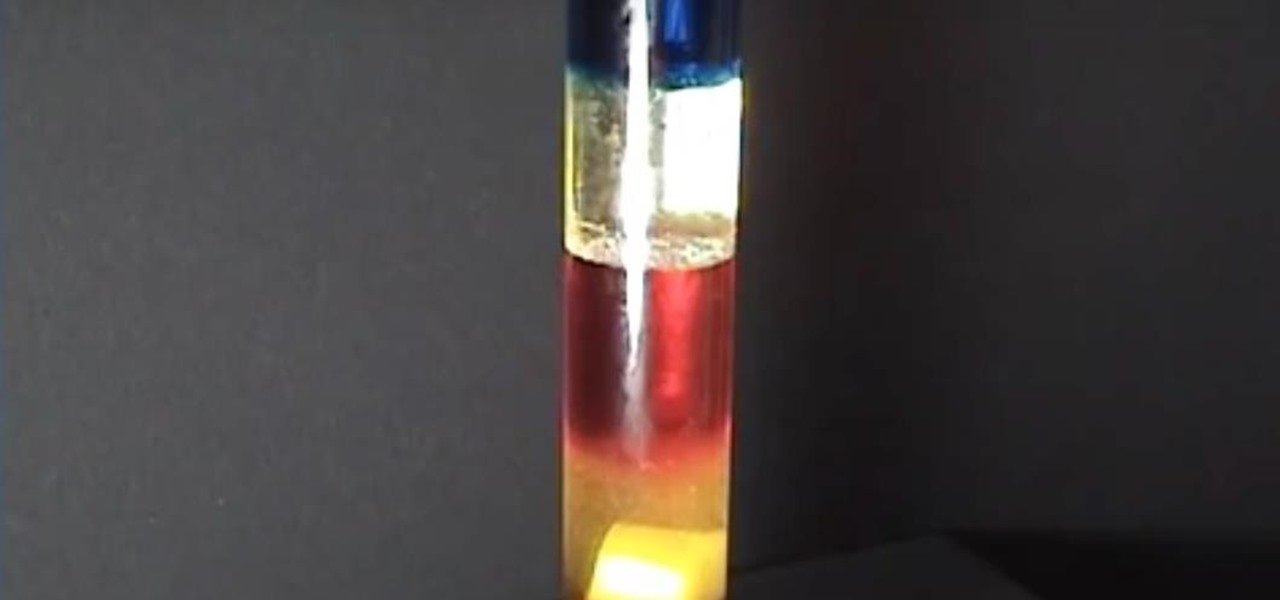
How To: Make a Stack of Different Colored Liquids
Here's a simple home science experiment to demonstrate to kids the different weight and viscosity of various liquids. The liquids near the bottom are more dense while the liquids on top are less dense. This can also be used to determine the relative density of solid objects. Place them in the container and see where they float.

How To: Learn the difference between reflection and refraction
In this video you'll visit one of the largest solar power farms in the world to learn the difference between reflection and refraction. Unlike most solar farms, this farm uses giant mirrors instead of photo electric cells. Check it out.
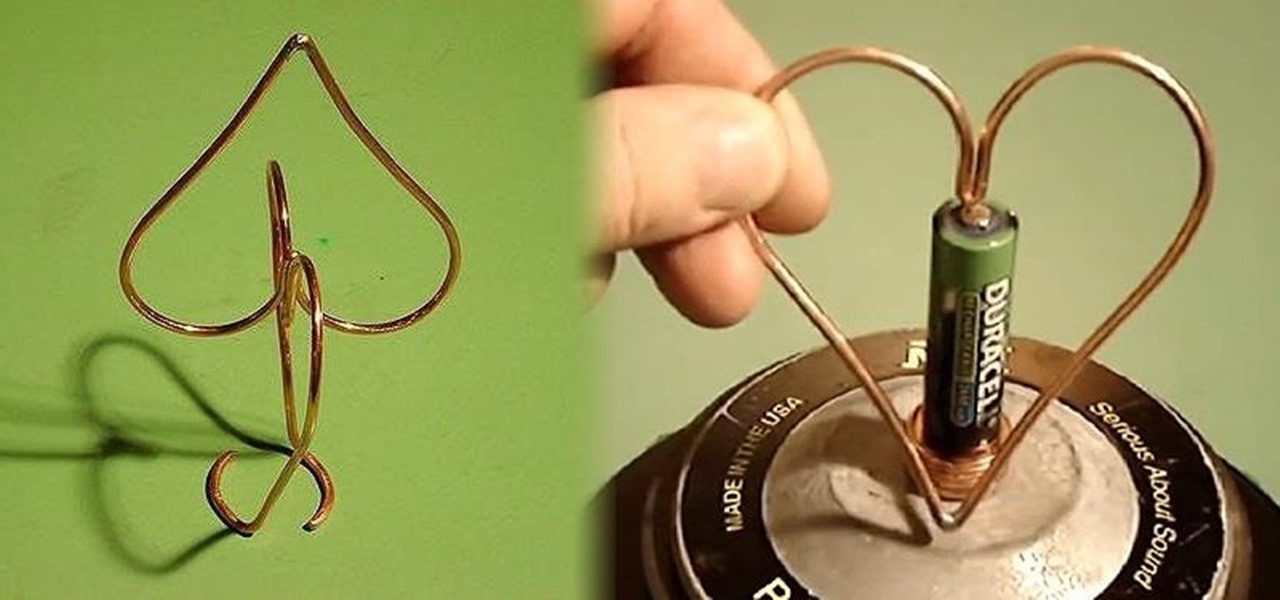
How To: Make a Double Heart-Shaped Homopolar Motor: The Valentine's Day Gift of Science!
Homopolar motors tend to be typecast as simplistic in nature, and that's true for the most part. The bare minimum requirements are a battery, conductor, and magnetic field, but when it comes to Valentine's Day, they're nothing short of complex.
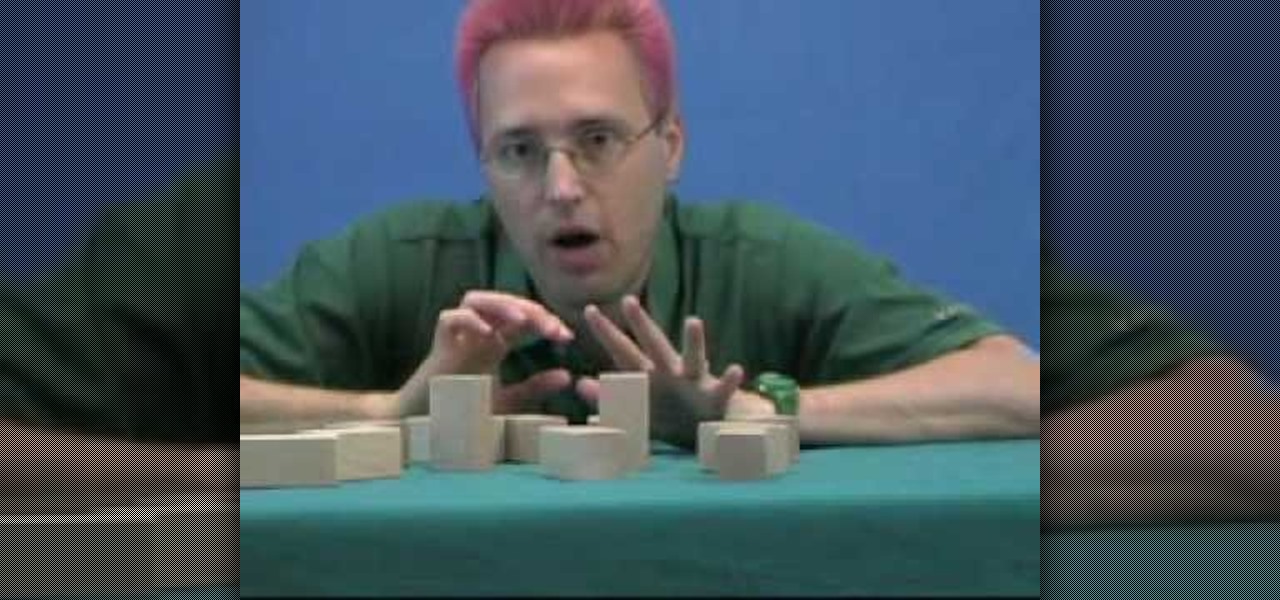
How To: Wrap your head around the concept of Entropy
Entropy can be a tricky concept to wrap your head around, but this clear and detailed video helps make it easy. By using a variety of props as examples, you too can master the idea of entropy to amaze and impress your friends!
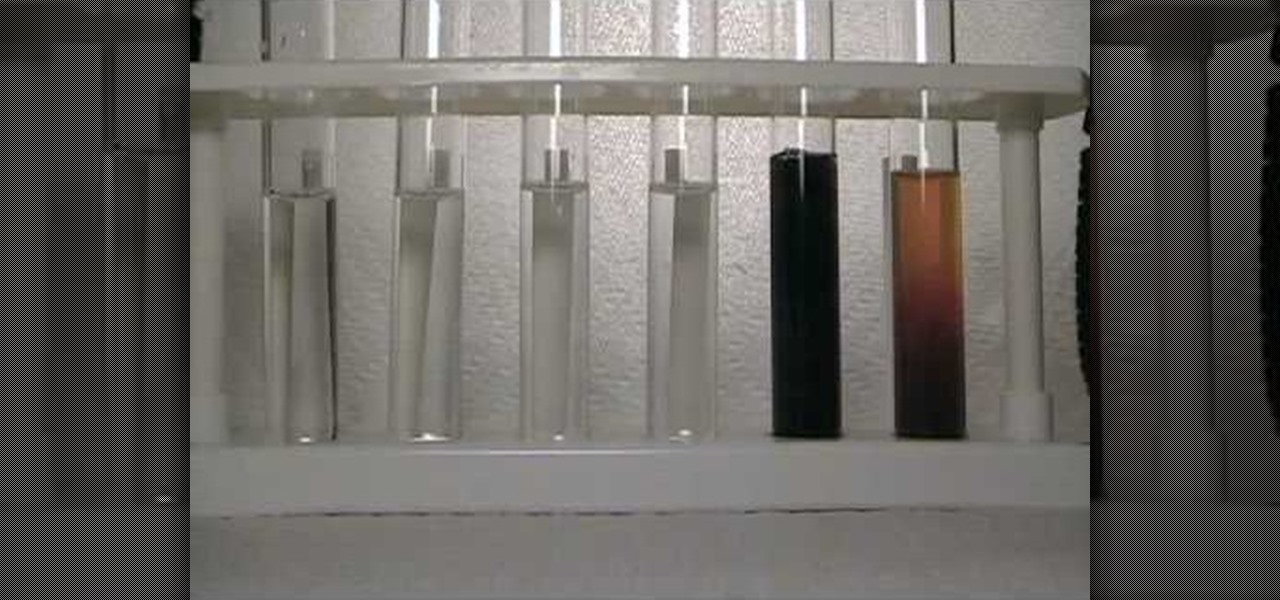
How To: Salicylate determination with visual colorimetry
If you're interested in forensic toxicology and are trying to determine the presence of salicylate by using a visual colorimetry, then look no further. This indepth and compelling video takes you into world of salicylate determination.
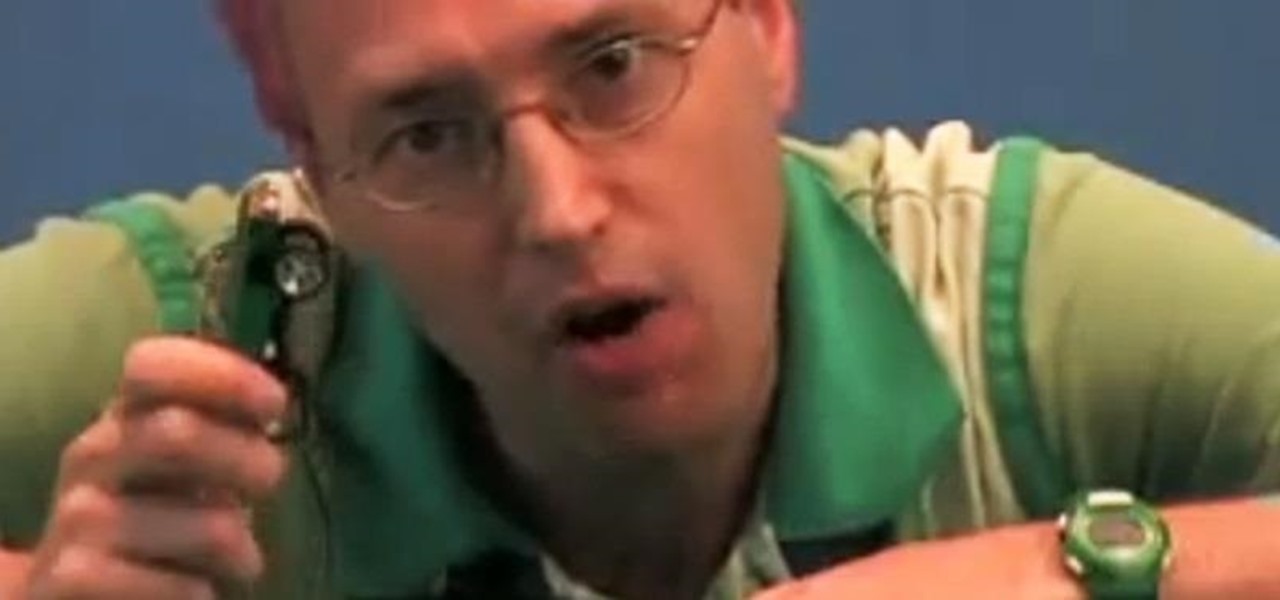
Quantum Mechanics: Heisenberg's Uncertainty Principle Explained
Physics can be a real mind bender, but this educational video will show you how to wrap your head around Heisenberg's uncertainty principle. And no, that's not the same Heisenberg that's in Breaking Bad. We're talking about the famous German theoretical physicist Werner Heisenberg, someone whose work you'd be more likely to see in Fringe.
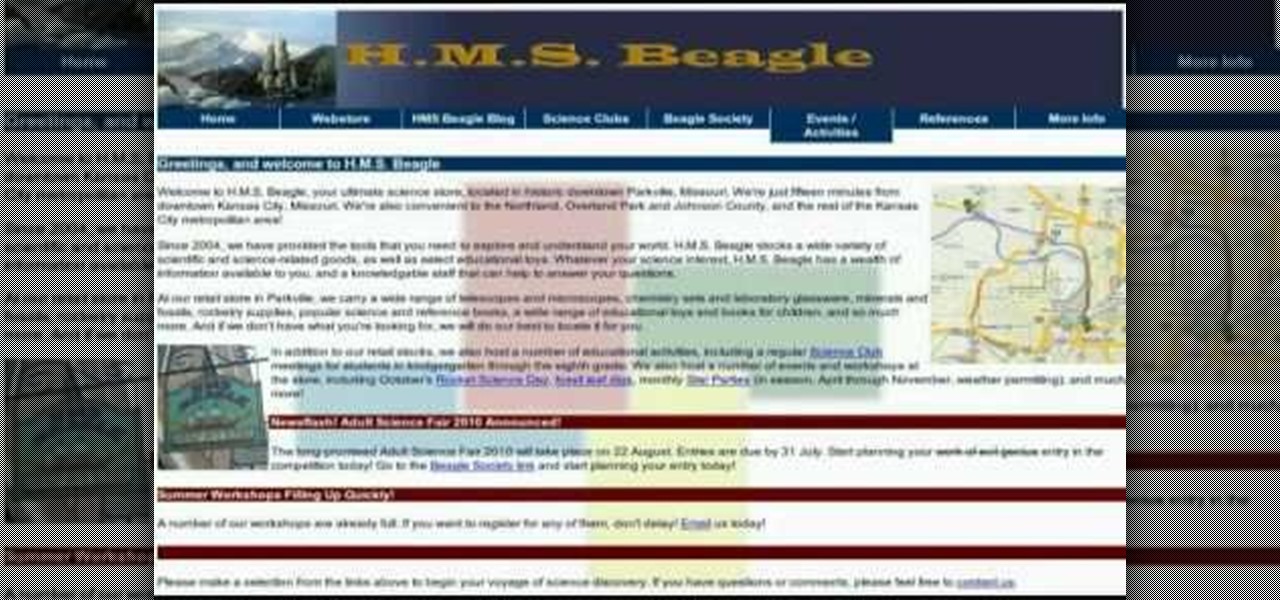
How To: Buy lab chemicals for home science experiements
If you're looking to get your hands on some chemicals for your home science experiments, this video is for you. The home scientist will find this sourcing guide helpful when putting together their home lab. Don't think you can't get the chemicals you want, you can!
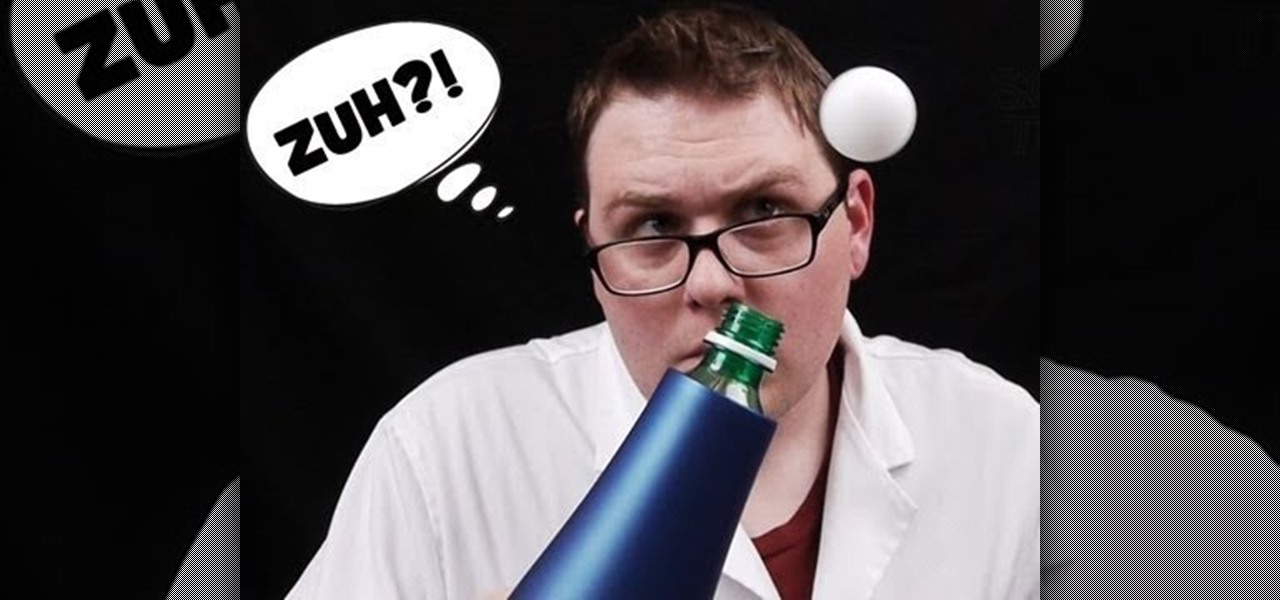
How To: Perform some easy air and water tricks
Ever wonder how a tree gets water all the way up to the top? Ever thought about how a stream of air can hold a ping pong ball in place? This simple how-to shows you a few experiments to try with air and water.
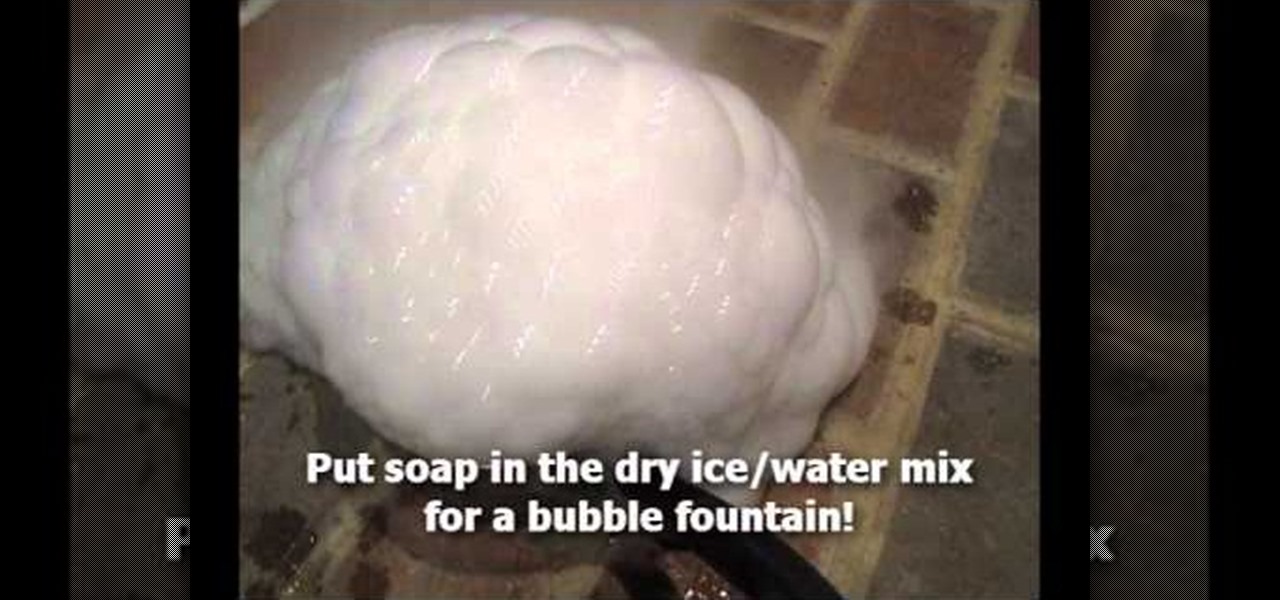
How To: Create fun fog tricks with dry ice
Ahh, it's a real pea souper! Well, it could be if you get your hands on some dry ice and check out these home science experiments. You can make some fun fog tricks if watch this how-to and follow along.
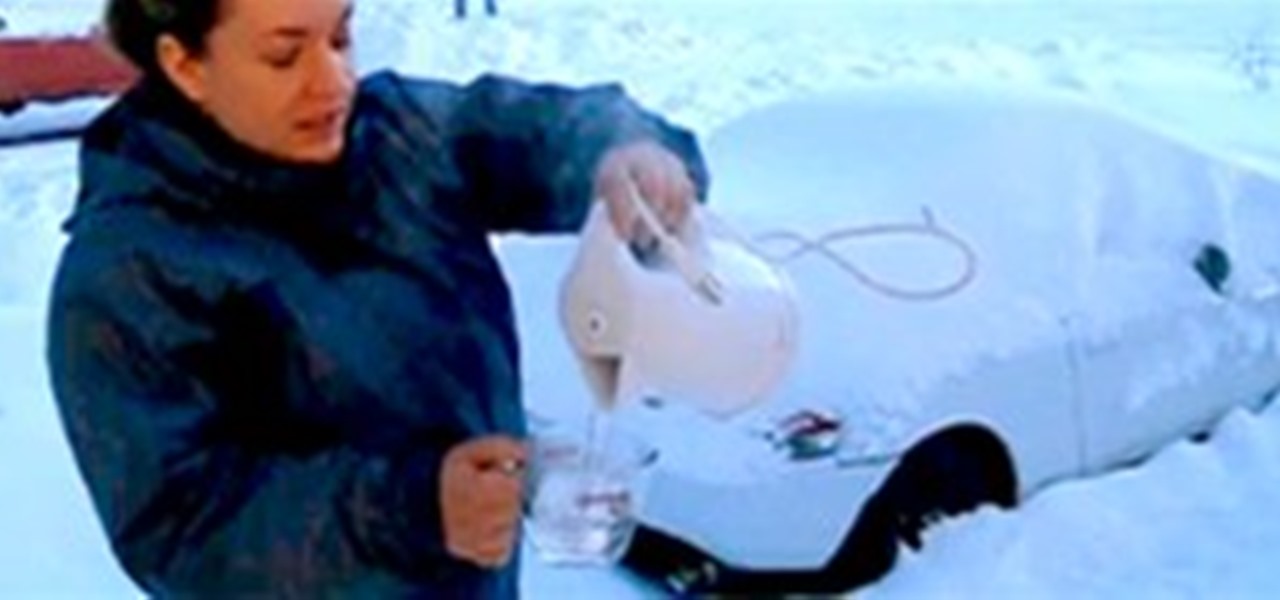
HowTo: Make Instant Fog
What happens when you toss boiling water into the -30 degrees celsius, bitter cold Canadian air? Instantaneous "fog" (AKA a big vapor cloud of awesomeness).
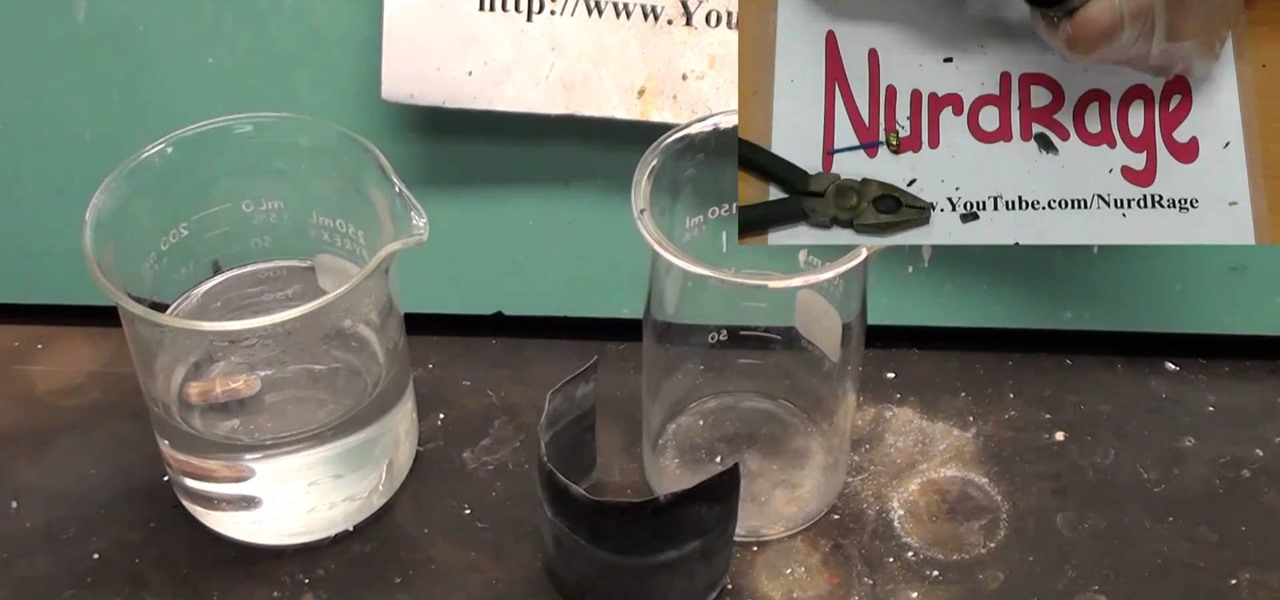
How To: Make an air battery of out of zinc
This is a great science project! For this, you will be able to make an air battery using zinc. You will also need a paper towel, some steel wool, and an electrolyte solution. An air battery can keep for decades as long as it's dry.
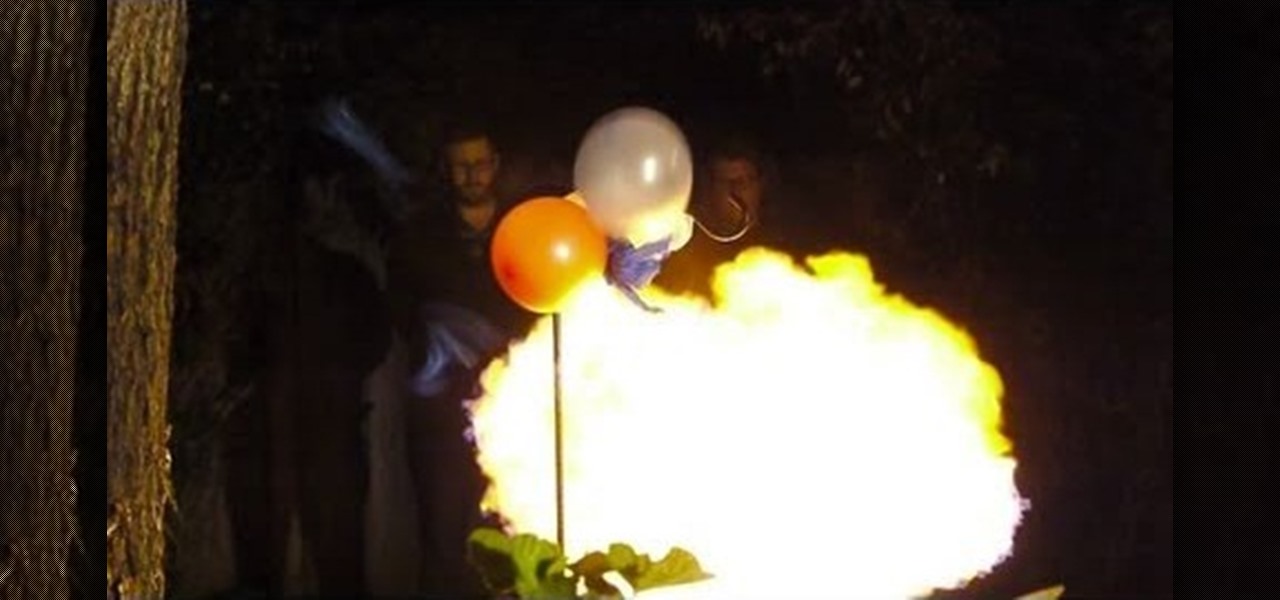
How To: Make a propane balloon of doom
Looking for something new and unusual to light on fire? How about a propane bomb? This little how-to shows us the explosive power of propane when we expose it to flame. With a balloon, some propane and a piece of toilet paper we can make a pretty ball of flame.

How To: Make a battery at home out of table salt and aluminum
For this tutorial, you will need some water, table salt, a few square feet of aluminum foil, a needle, some steel wool, a pair of wired alligator clips, a thick paper towel and a voltmeter to test out your new battery.
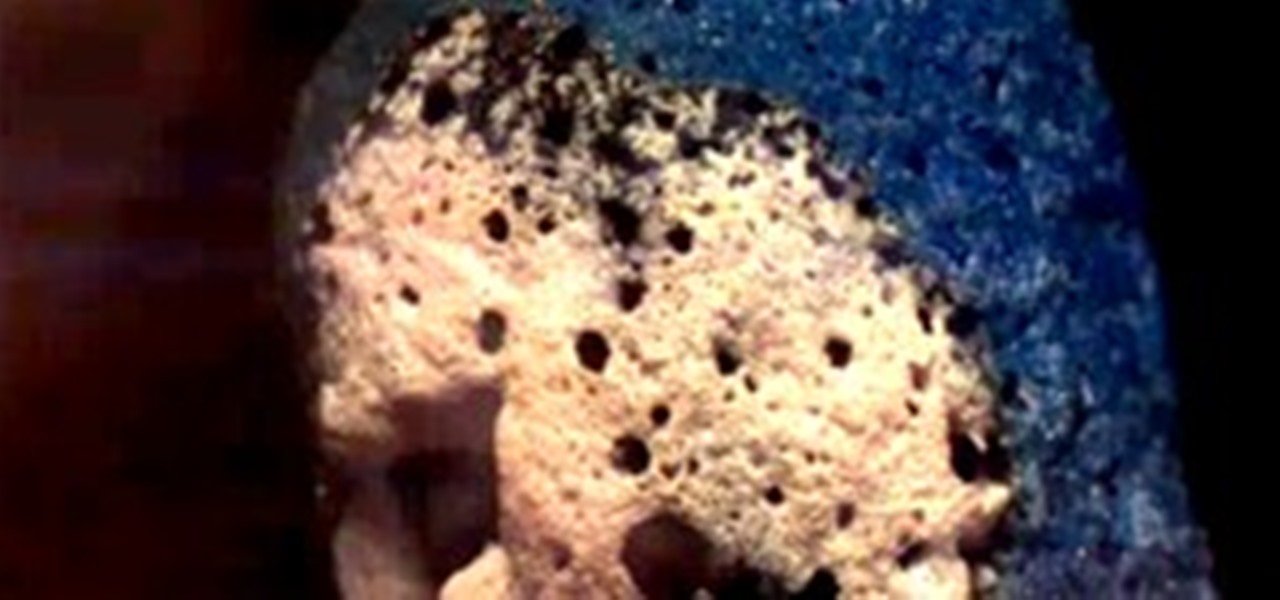
News: Aha. So That's What a Match Looks Like Ignited At 2000 FPS
In other words, it looks totally awesome. The chemical reaction of burning phosphorus and gelatin makes for a mesmerizingly beautiful display of science slo-mo. Previously, What Happens When You Smash the Essence of Dynamite With a Hammer?
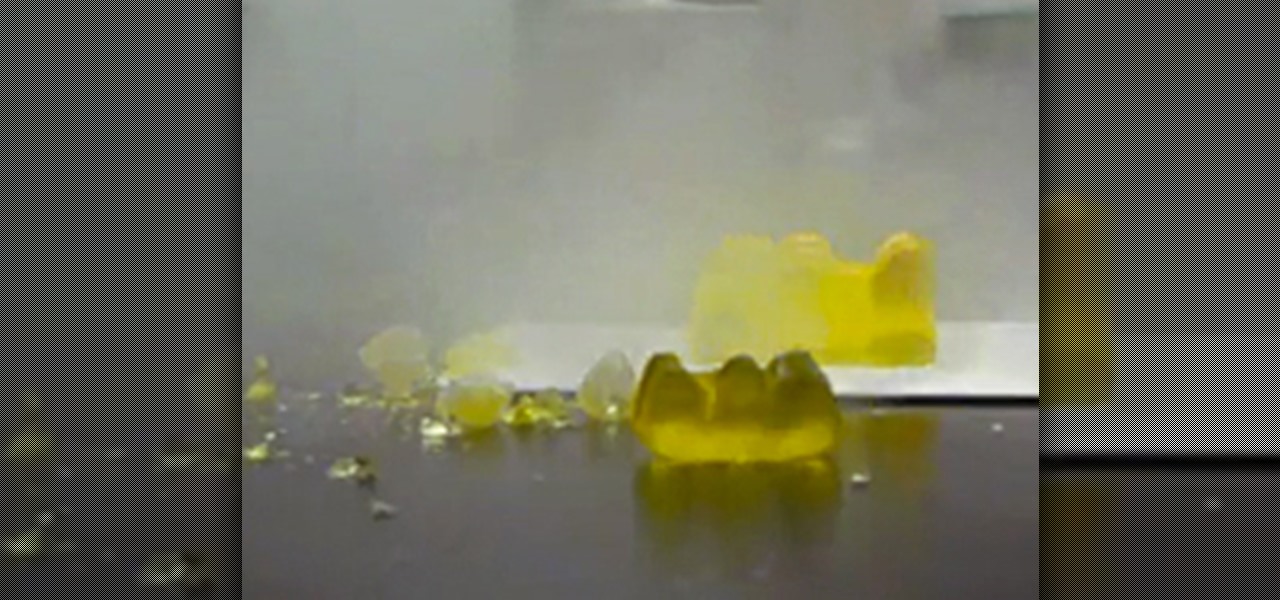
How To: Mutilate Candy Gummy Bears with Exploratory Science Experiments
Who could resist a gummy bear? Those rubbery little candy creatures shaped like a bear are just too cute and too delicious to pass up. If you can't get any enjoyment out of those gelatin-based confectioneries, then you're simple not human. Even scientists love them, but not for their seductively sweet properties...
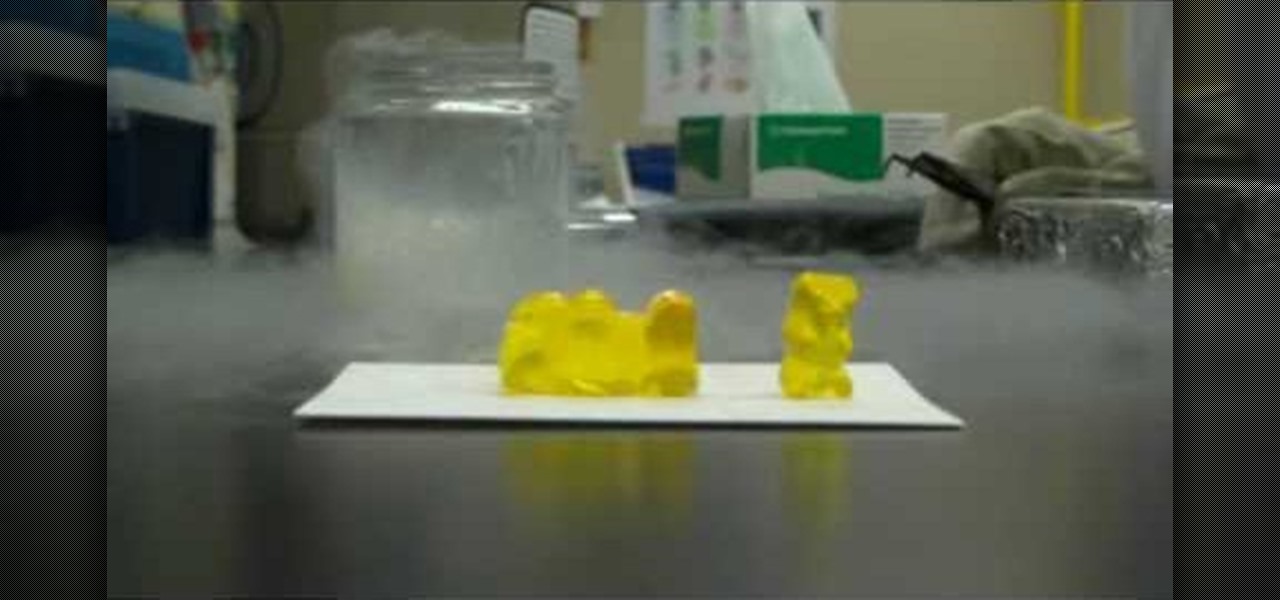
How To: Freeze a gummi bear in liquid nitrogen and shatter it
If you've ever taken high school chemistry, you may already be familiar with the ability of liquid nitrogen to freeze soft object so hard that they will shatter. This video will teach you a fun experiment utilizing this property of liquid nitrogen. It invovles gummi bears frozen and soaked in water or liquid nitrogen (or not, for the control) and then smashed in a most satisfying way.
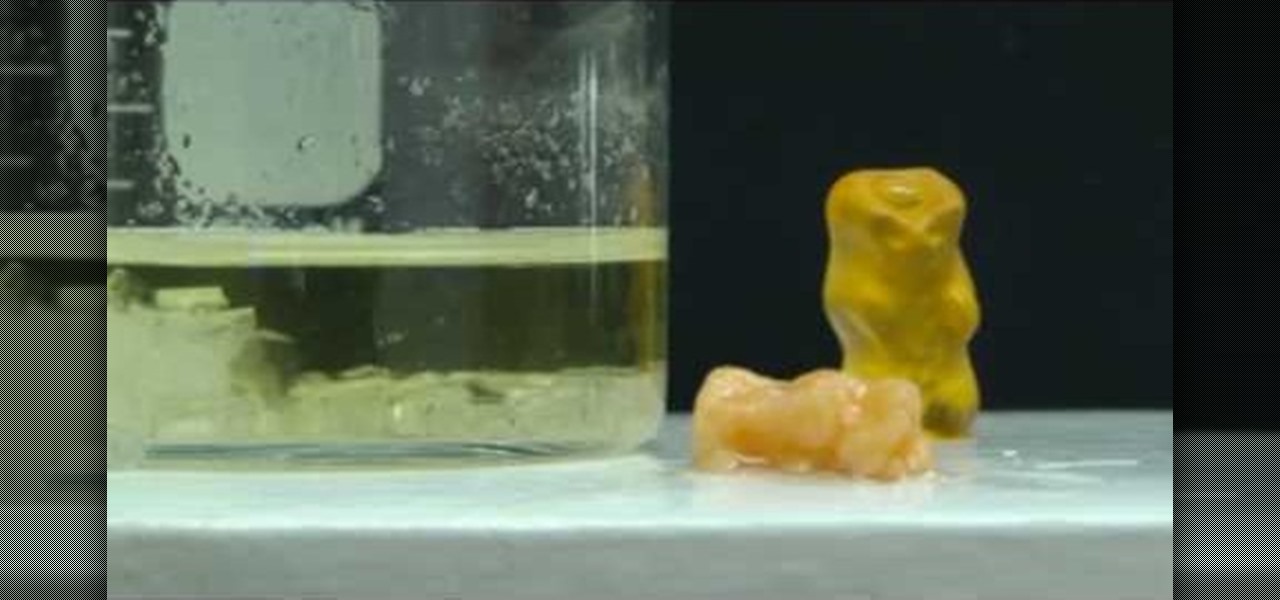
How To: Use Gummi Bears to demonstrate osmosis and crystallization
Gummi Bears are great for science experiments due to their gelatinous makeup. In this video you will learn how NOT to make a Gummi Bear conduct electricity, but in fact how to use them to demonstrate osmosis and crystallization by preparing them for conductivity.
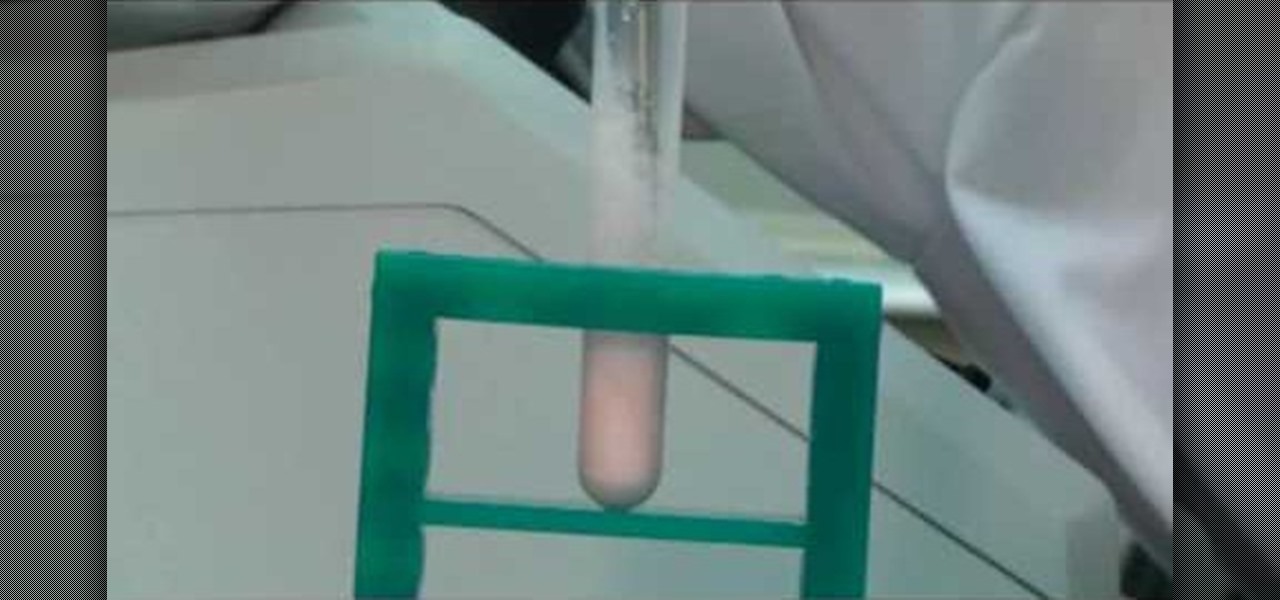
How To: Liquefy a Gummy Bear with high-frequency sound waves using a sonicator
A sonicator is a scientific device used to liquefy cells in order to study their proteins. The same tool can also be used to liquefy other things, including Gummy Bears! This video will show you how to use a sonicator to destroy a Gummy Bear completely in a very scientific way.
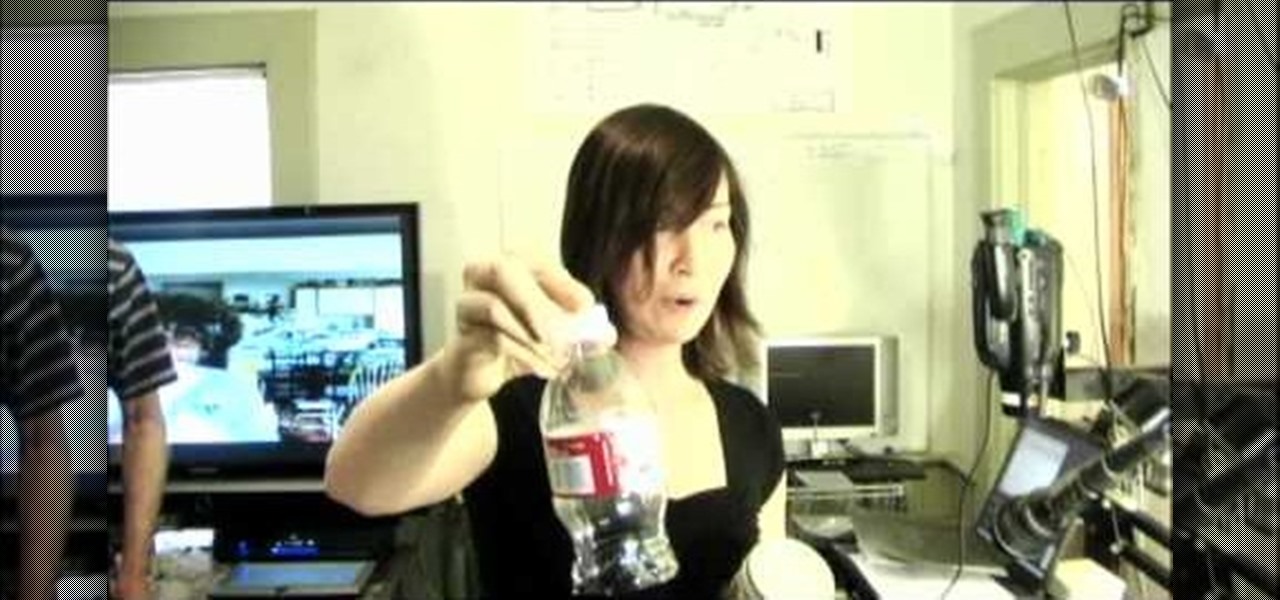
How To: Lift fingerprints from a bottle of water with super glue
Does someone keep drinking part of water bottle and leaving them around your house or office, taunting you with their wastefulness? Thanks to forensic technology, it is possible to catch the culprit with easy household materials. This video will show you how to use super glue to lift fingerprints off of a water bottle where normal fingerprint-lifting technology would not be sufficient. Plus, you get to use a heat gun! Always fun.
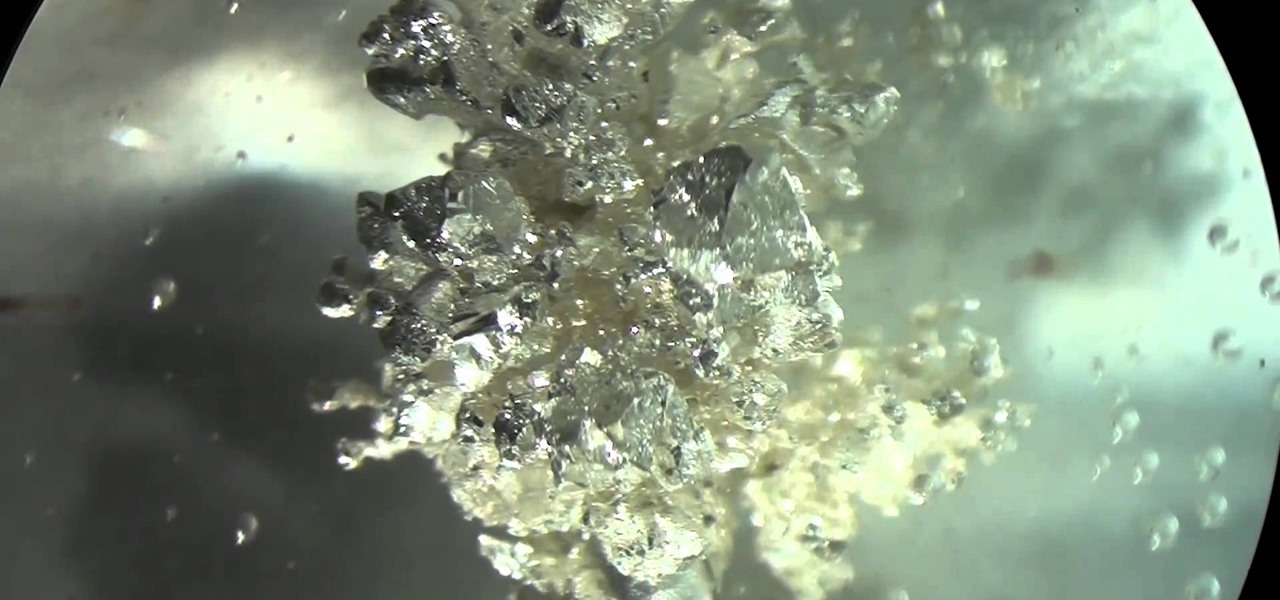
How To: Use electrochemical principles to grow small silver metal crystals
This is a great school project or weekend fun. Grow some silver crystals that you can see under a microscope! Use the princples of electrochemistry to create crystals out of silver metal, and watch them grow right before your eyes.
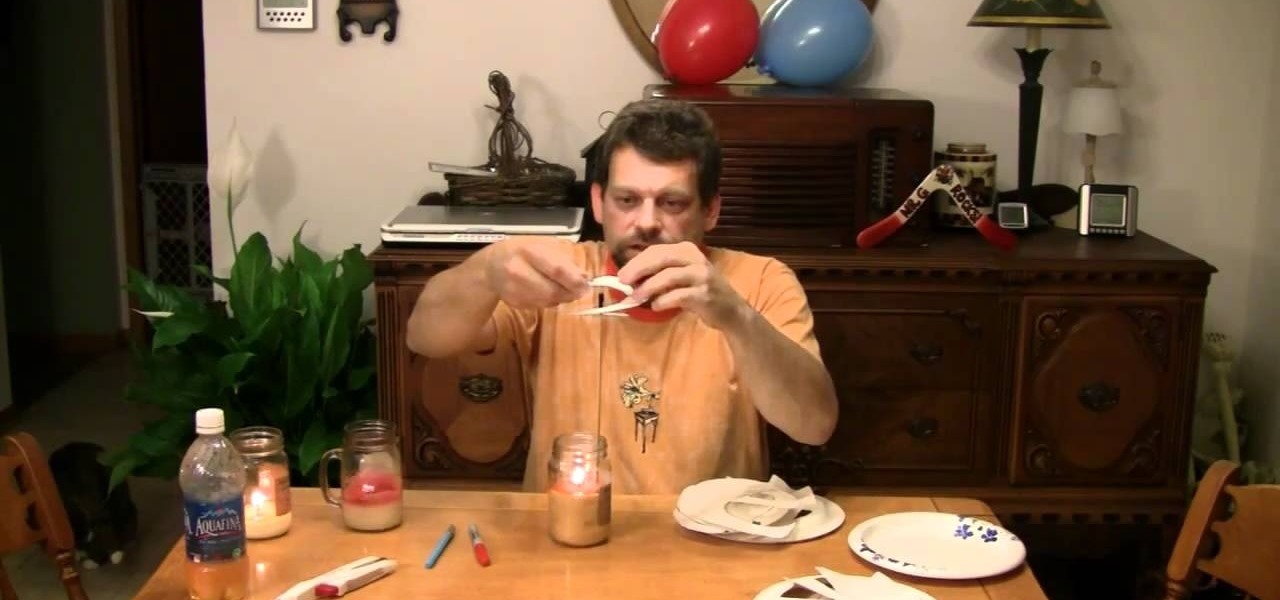
How To: Create a simple, spiraling heat motor with rising hot air
Know someone who's full of hot air? Grab them and make a heat motor with this cool home science experiment with Mr. G. When air is heated, it rises. This experiment uses that natural law to create a simple, spiraling heat 'motor'.

How To: Bend a stream of water with this home science experiment
In this rapid fire video, Mr. G introduces us to the idea of atoms, static electricity, and opposing charges. We've all seen a balloon pick up static electricity from a wool sweater and stick to a wall, but watch how the same charged balloon can bend water! For this experiment you'll need a balloon, a wool sweater and a running tap.

How To: Explore Bernoulli's Principle with this simple home science trick
Bernoulli's Principle states that when an incompressible fluid moves through different sizes of tube, the fluid's speed changes. This simple do it yourself science experiment presented by Mr. G shows this plain and simple.
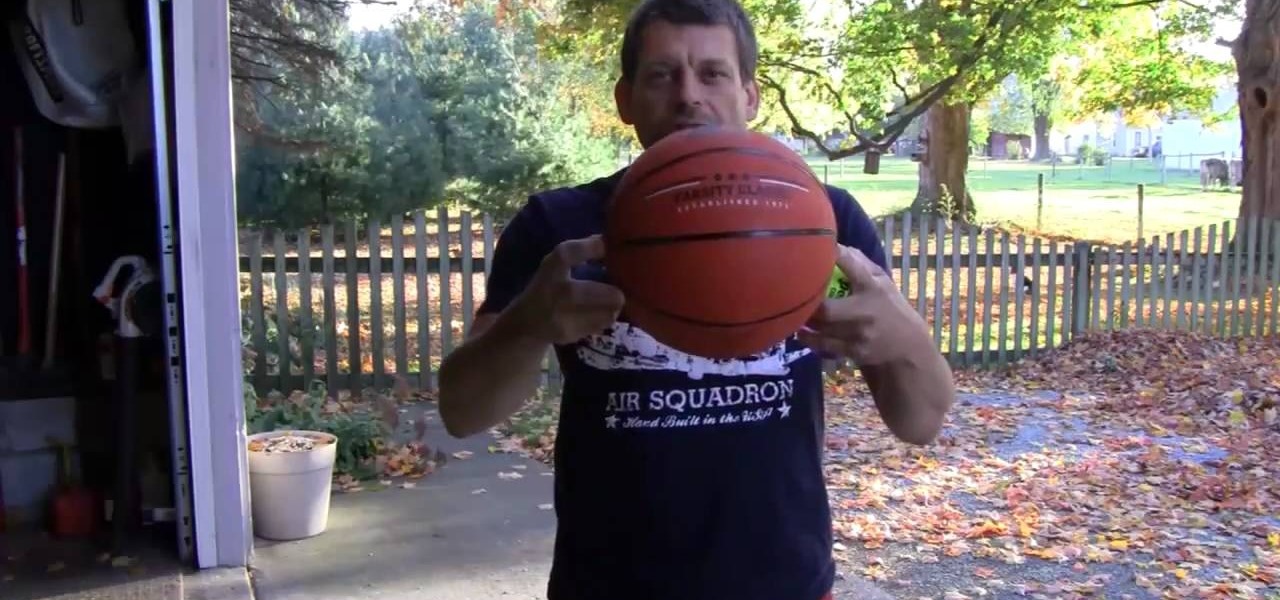
How To: Explore potential and kinetic energy with this rocket balls experiment
Have you got the balls for this experiment? You'll need at least 4; a basketball, tennis ball, squash ball and simple rubber ball. With these in hand, Mr. G will show you how to experiment with potential and kinetic energy while launching these suckers nearly into outer space. 3, 2, 1.... blast off!
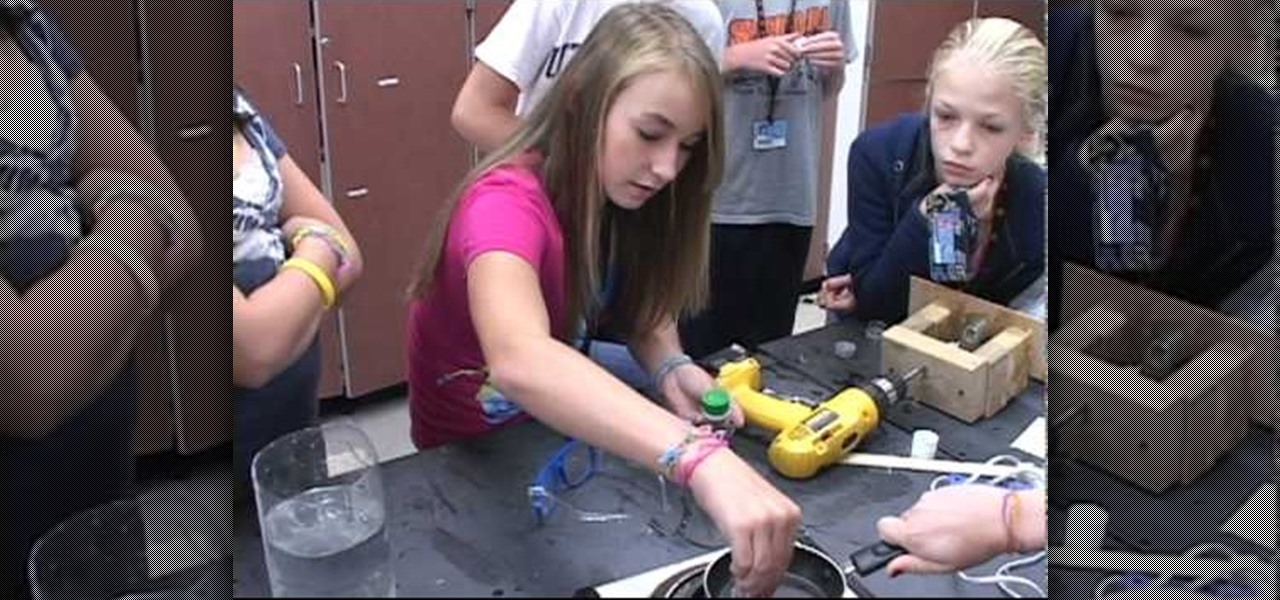
How To: Weld plastic bottle caps together to make your own water vortex
Forget a message in a bottle, how about your own water vortex!? This simple, step-by-step video shows you how to 'weld' two plastic bottle caps together so you have a tight, dry seal for your very own home water vortex. You'll need a heating element, a non-stick pan, some 2 liter plastic bottles and several extra plastic bottle caps. Now you can hold a vortex in your very own hand.
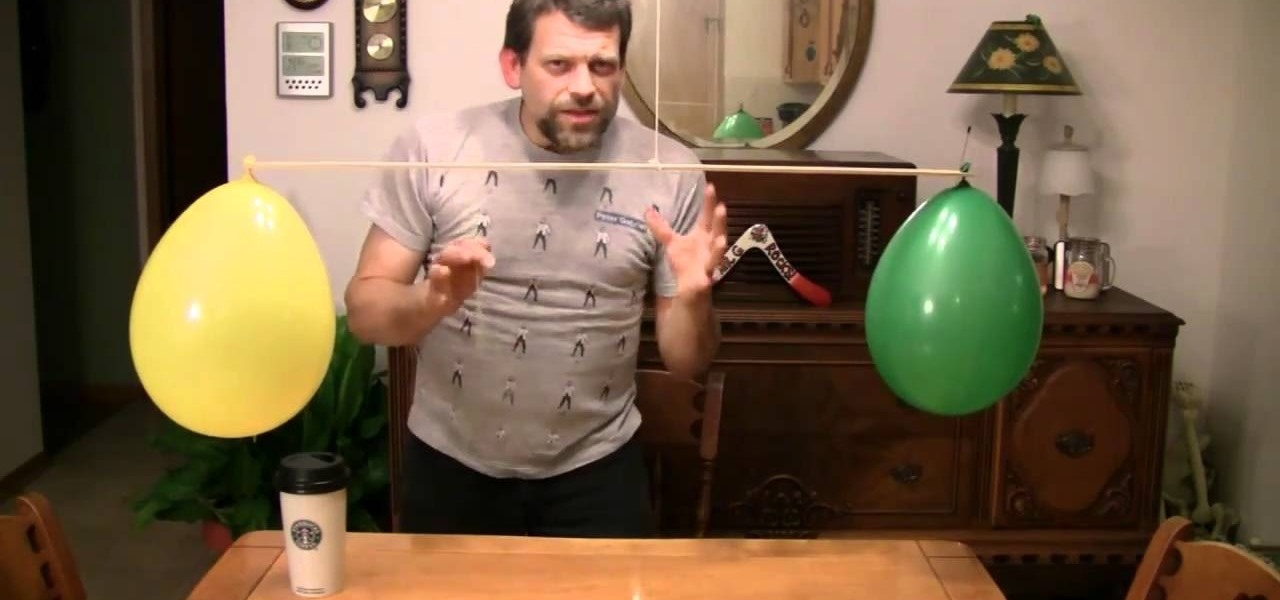
How To: Weigh something you can't see with this cool science trick
With this cool science trick by Mr. G, learn how to weigh something you can't even see! Using a stick, some string and two balloons, you can see in your very own home that air, invisible as it is, has weight. This is a good example to show atmospheric pressure.

News: 100,000 Volts of Theft Protection
Zero chance of your ride being jacked with this level of protection. You will need: a 100,000 volt tesla coil strapped to the roof of your vehicle. Created by tesla master, Peter Terren. Previously, Electrifying Transparent Tesla Coil (DIY!!)

News: World's Tiniest Christmas Card (Invisible to the Naked Eye)
A group of nano-scientists from the University of Glasgow have created the world's smallest Christmas card, measuring in at 200 micro-meters wide by 290 micro-meters tall. (BTW, a micro-metre is a millionth of a meter, and the width of a human hair is about 100 micro-meters.)
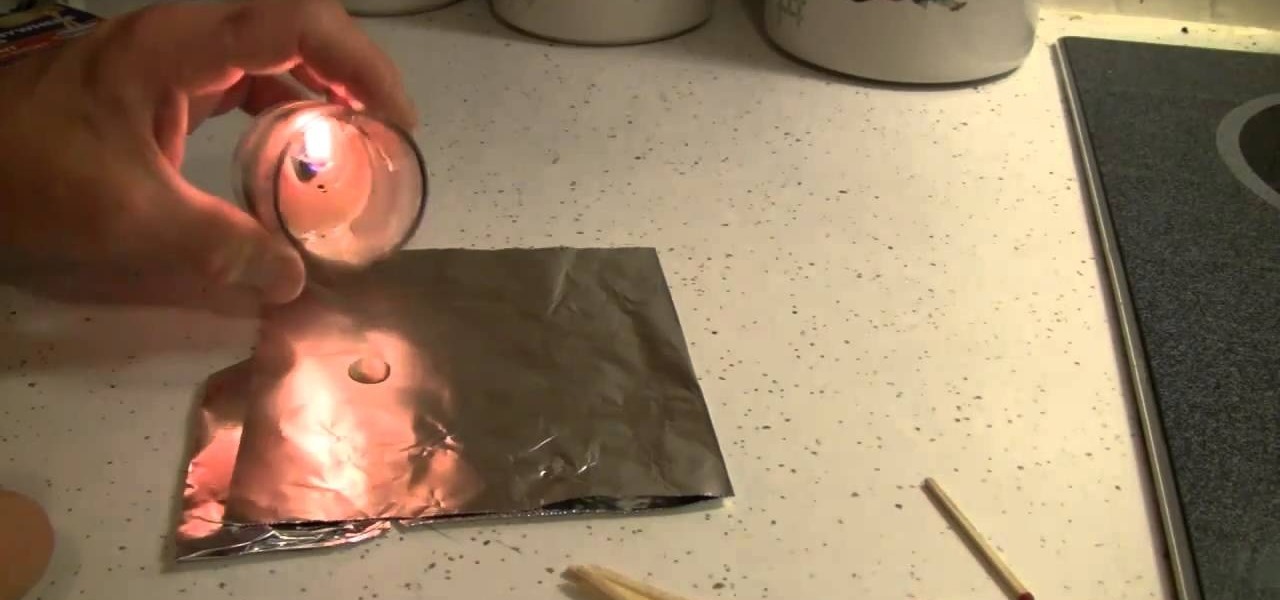
How To: Impress people during the holidays with scientific tricks
Magically get a hardboiled egg into (and out of) a bottle, make a star using toothpicks and challenge someone in a brain teaser using wooden matches. Mr. G demonstrates how in this video tutorial and, for all the eager students whose brains are brimming with curiosity, explains the science behind it all.
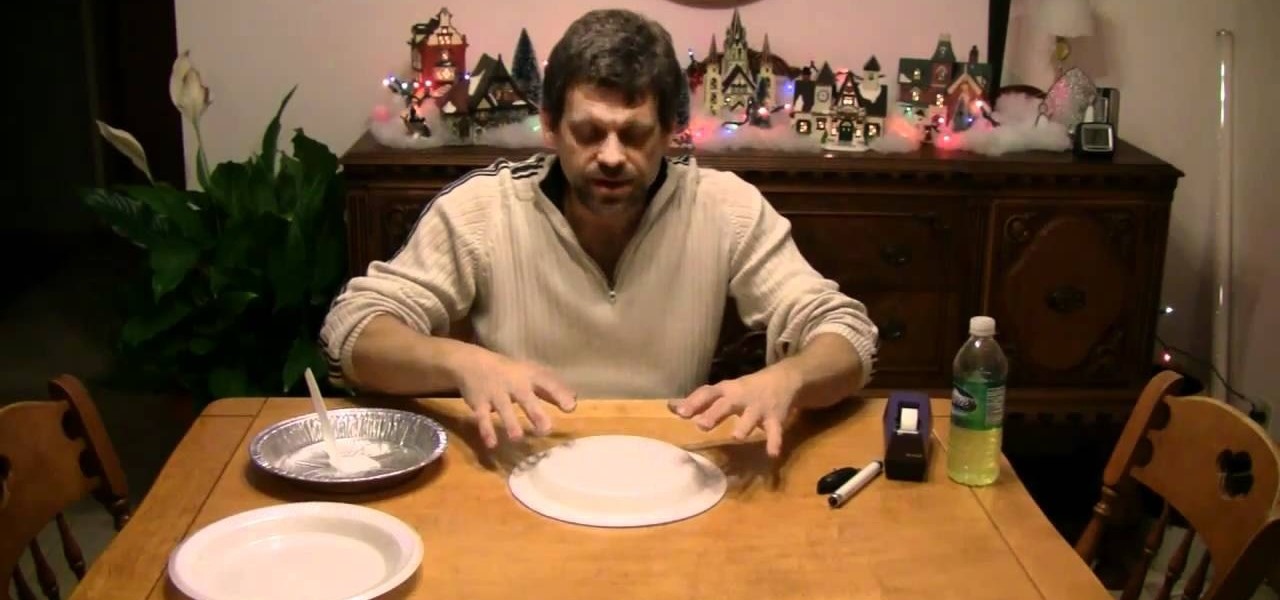
How To: Make lightning using everyday household materials
Make lightning and generate tens of thousands of volts in your own kitchen at home using ordinary household objects! Mr. G demonstrates the amazing Triboelectric Effect and explains the electron exchange via adhesion and separation that makes it all possible.

HowTo: Grow Your Own Snowflakes
CalTech's Kenneth Libbrecht reveals the sublime beauty of snow crystals when photographed with a specially designed snowflake photomicroscope. The physicist is author of the Field Guide to Snowflakes and The Secret Life of a Snowflake, and recently posted an instructional guide for growing your own snow crystals.

News: The Art of Simple Science
Why does the world work the way it does? Linda Dong takes basic scientific principles and translates them into beautifully simple, explanatory images.

How To: Watch the Total Lunar Eclipse Tonight (Dec. 20-21, 2010)
Umbra, penumbra. Not exactly abracadabra, but if you've taken an astronomy class, you know exactly what the umbra and penumbra are. And any Earthling would agree that the umbra is the best place to be during a solar or lunar eclipse.
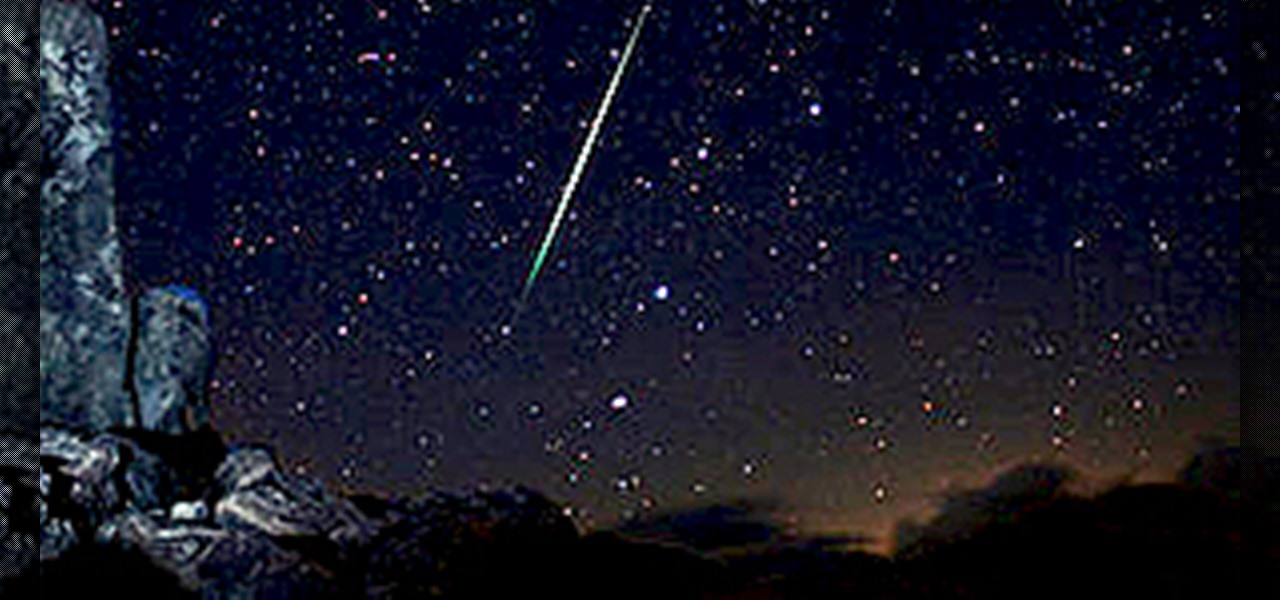
How To: Hunt and find fallen meteorites from a meteor shower
The Geminid meteor shower 2010 is tonight, climaxing sometime between midnight and dawn Tuesday. Usually, the Geminid meteor showers in December are awesome spectacles, one of the most intense meteor showers of the year, but this year the moon will be out until after midnight, lessening visibility. But just because you can't see the meteor shower this year, doesn't mean a meteorite or two didn't sneak into Earth's atmosphere, hurdling to the ground, waiting for you to find it. So, get your me...
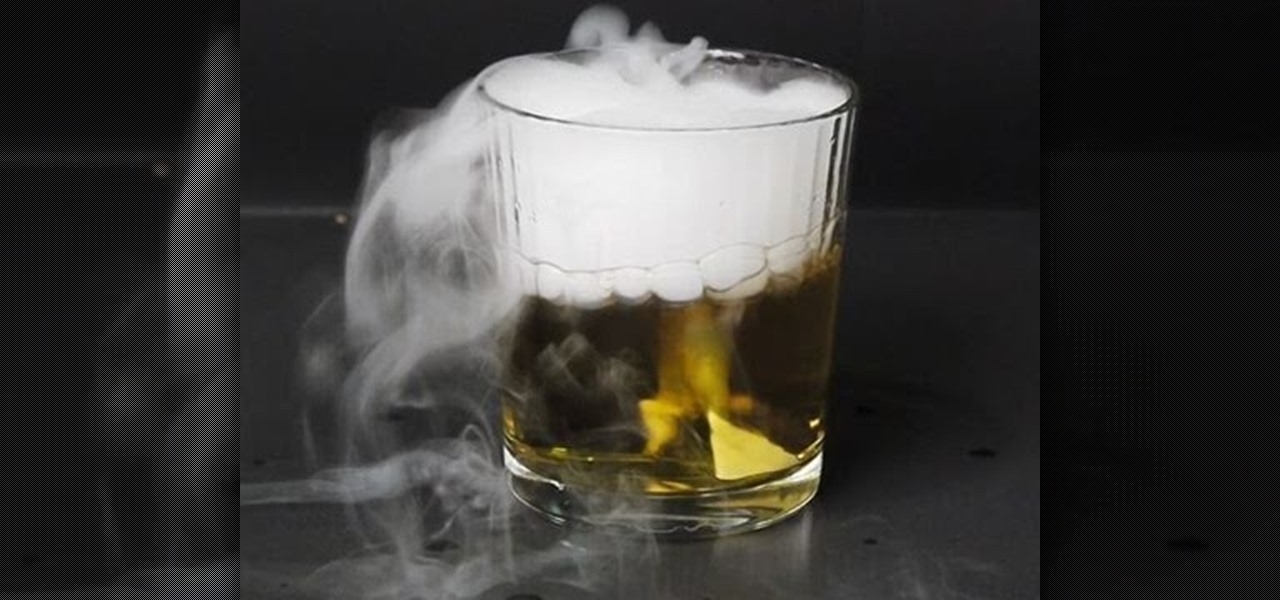
How To: Use dry ice for cool science tricks, including making acid and freezing stuff
If you ever had a cool high school chemistry teacher, they probably demonstrated for you how dry ice can freeze everyday objects. But oh, it can do so much more and freeze so many more interesting things. This video will show you some fun dry ice tricks you can do, from making water acidic to freezing pure alcohol to making tomatoes so hard you can smash them with a hammer.
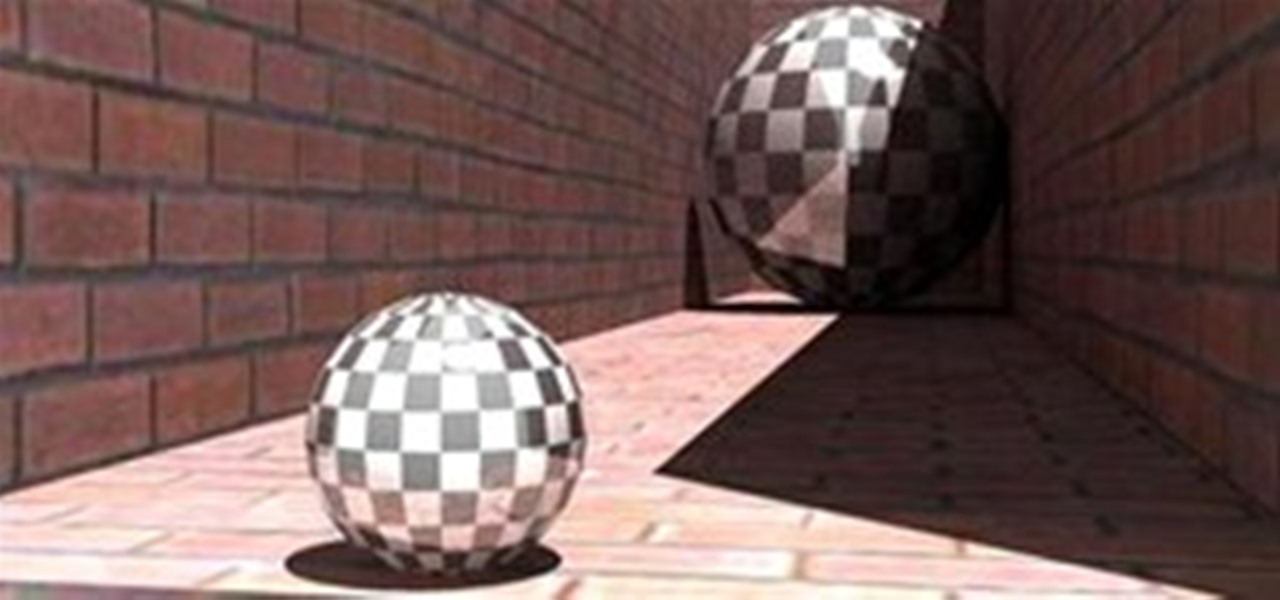
News: Is Your Brain More Powerful Than an Optical Illusion?
Does size matter? When it comes to optical illusions, it does. The size of a human brain's visual cortex determines how he or she sees the world, meaning not everybody observes optical illusions in the same way.

News: 2010's Most Insane Space Pictures (Yep, That's a Moonbow)
Some of these look like illustrations done by adolescent sci-fi/anime nerds. Totally unreal. A selection from National Geographic's best space pictures of 2010:
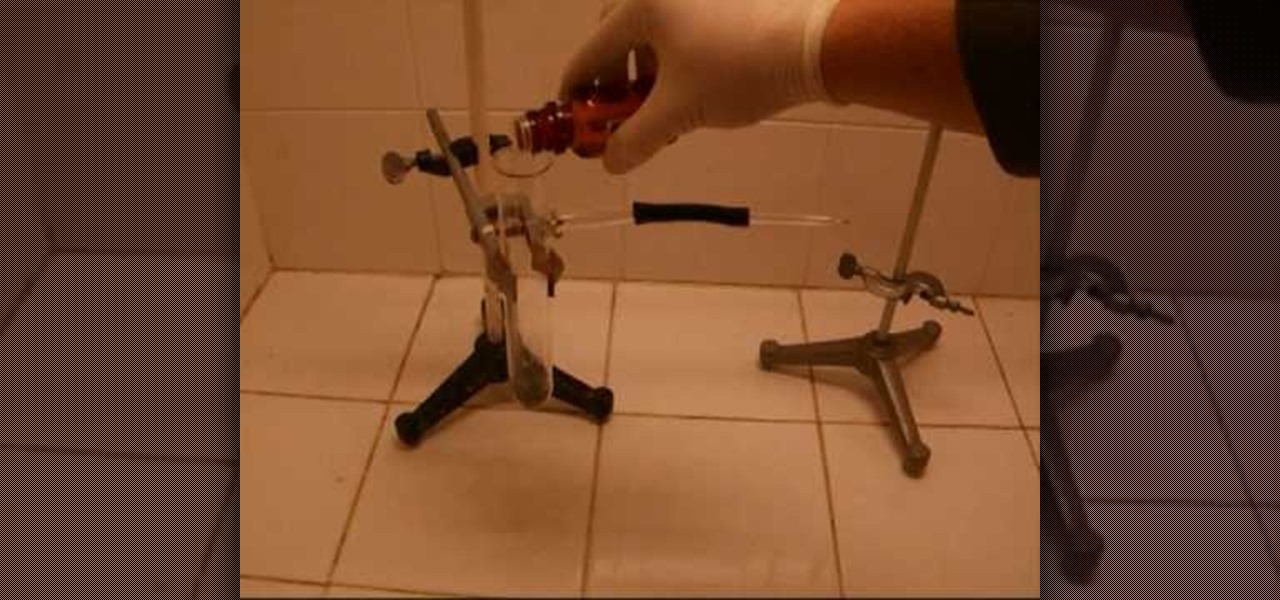
How To: Detect poisonous arsenic levels using the toxicological Marsh test
Was Napoleon's death really due to stomach cancer, or was it arsenic poisoning? Some scientist believe the latter. Arsenic poisoning was a deadly weapon in that era, because it was undetectable when administered over a long period of time, making murder seem like natural causes. But if arsenic (As) is poisonous to most multicellular life, then what's with the newest NASA discovery?

News: NASA to Reveal New Life Form (Watch Live Today)
Despite all the recently transpired web hysteria regarding a mysterious NASA press release, the organization has NOT discovered new life on another planet. However, the latest information does indicate that scientists have discovered a new life form on planet Earth.



